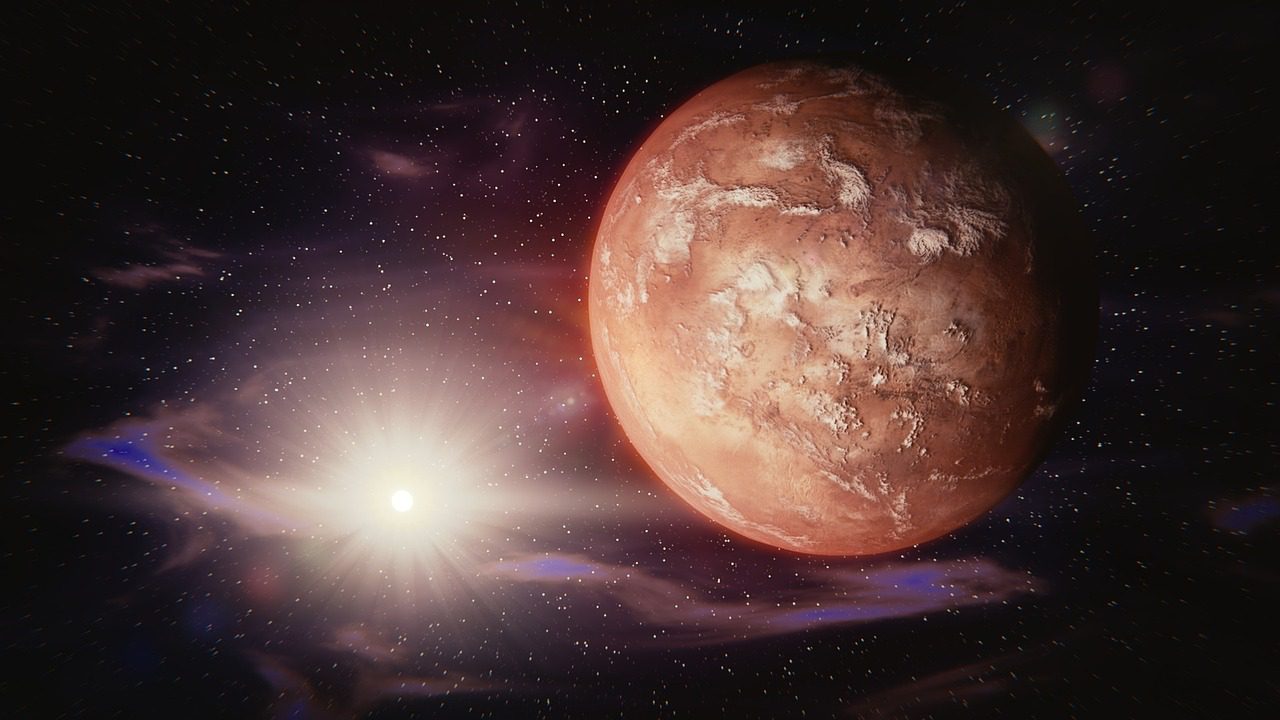Mars may not have always had a weak magnetic field or an atmosphere with only 1% of Earth’s pressure. Depositional and erosional processes, ubiquitous on Earth and triggered by water, might readily explain many of the surficial features of Mars, such as Valles Marineris, but are now impossible on Mars due to its low temperatures and pressures. However, it appears that the core dynamo that powered Mars’ magnetic field began to disintegrate around 4 billion years ago. Due to the cube/square rule, Mars has cooled to immobility more quickly than Earth because it is smaller. This is because Mars’ smaller core never got as hot as Earth’s.
But before that happened, Mars might have been able to keep its atmosphere; the key is to maintain a magnetosphere that protects the planet from the constant influx of supercharged particles from the sun. In its outward direction, it travels at speeds of millions of miles per hour, easily fast enough to expel gas molecules from a planet’s gravitational well. According to NASA, Mars’ atmosphere evaporates at a rate of 2 kg per second due to solar wind. Allow your environment to age for a few billion years. There won’t be any more drinkable water or protection from the space cold if that fails.
Keep an eye on Mars this month
The focus this month is on Mars. On October 30, as Earth began to overtake it in the days leading up to opposition, its forward journey through the stars halted and it began moving in a retrograde direction. Thus, Mars shifted westward, from its previous location above Betelgeuse in Orion to a position closer to Aldebaran in Taurus. That lasts through the first weeks of January, when Mars finally slows down and stops north of Aldebaran.
In December, Mars reaches its brightest at magnitude -1.8, with a disc diameter of 17.2″. Its precise opposition to the sun occurs at 22:00 UTC on December 7, while its closest approach is at 18:00 UTC on November 30. Because Mars’ orbit is so noticeably eccentric, the two are separated by a week; we are currently passing Mars in our smaller orbit as it begins the outer leg of its egg-shaped orbit. It will be further away than the week before by the time we finally catch it. Mars’ orbit is slightly inclined with respect to Earth’s, causing it to wander north and south of Earth’s orbital plane.












Leave a Reply